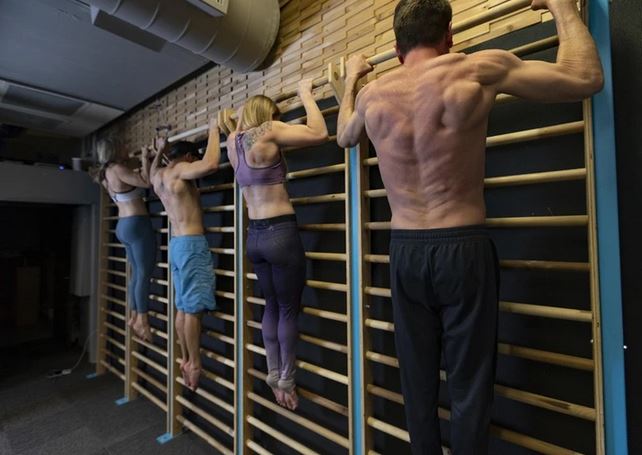|
Mindfulness Meditation TechniqueHow To Practise Mindfulness MeditationGetting The Hang Of The Basics
Getting the hang of the basics of mindfulness meditation technique is fundamentally very simple. As we discussed in The story of the leper and the dirty river - the hardest aspect of how to practise mindfulness is just doing it! You are probably familiar with the 4 stages of learning in the model of conscious competence namely: unconscious incompetence -> conscious incompetence -> conscious competence -> unconscious competence (or "auto-pilot")? Moving through the 4 stages of learning mindfulness meditation technique simply takes time, effort and application and is no different to learning any other new skill.
Mindfulness Meditation Technique - Is About Giving It The Time It NeedsGetting the hang of the basics of any new skill takes approximately 3 weeks or so of continuous conscious effort at which point the new skill becomes a habit. So this is really all it takes to master the basics of mindfulness meditation technique.
You are also probably familiar with the "10,000-Hour Rule", based on a study by Dr. K. Anders Ericsson
that indicates that great achievement in any activity requires approximately 10,000 hours of practise. Although it is human nature to venerate and glorify our great spiritual teachers and put them on a pedestal, we overlook the fact that the only basic difference between zen-masters and the rest of us is that they have practised for considerably longer than we have!
The Benefit Of Mindfulness Meditation Technique“One of the most effective things we can do when we see the gathering storm of our habitual tendencies is the practice of pausing, or creating a gap. We stop and take three conscious breaths, and the world has a chance to open up to us in that gap. We allow space into our state of mind. Meditation practice itself is a way to create gaps. Every time you realize you are thinking and you let your thoughts go, you are creating a gap. Every time the breath goes out, you are creating a gap. If you don’t fill up your practice time with worrying and obsessing and all that kind of thing, you have time to experience the blessing of your surroundings. You can just sit there quietly. Then silence will dawn on you and the sacredness of the space will penetrate.”
Return to How To Practise Mindfulness"
|
